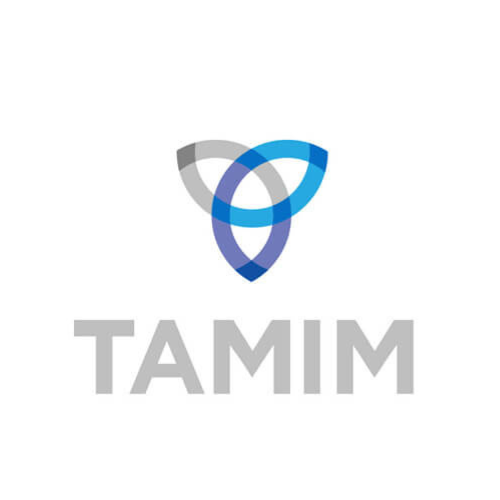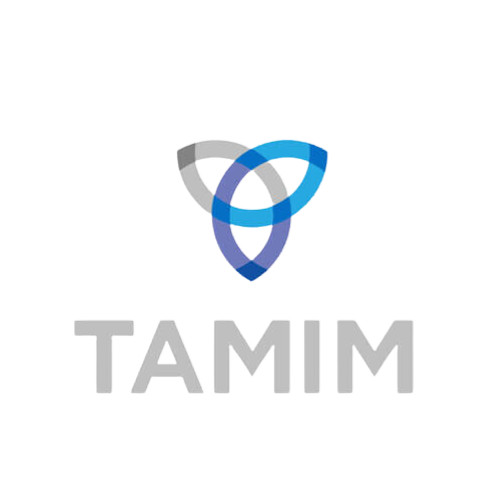The advent of transformative technologies often begins inconspicuously, much like the early days of motorised carts and airplanes.
Initially, the investigation of horseless carriages in 1886, now known as cars, was seen not as a consumer product but as a military tool for transporting heavy ordinance. It wasn’t until Henry Ford’s innovations and the Model T Ford in 1908 that their consumer potential was fully realised.
Similarly, the airplane, at its inception, was not immediately recognised for its capacity to transport people. It took over a decade before its use in mass transportation became apparent.
Change, especially in technology, starts small and compounds at a rate that’s often barely noticeable. Yet, when viewed over time, the progress can appear almost magical. This concept applies aptly to the realm of autonomous vehicles.
Currently, in developmental stages, autonomous vehicles represent a similar frontier of innovation, poised to transform our understanding and use of transportation in ways we are only beginning to imagine.
Change starts small
French company EasyMile is an illustration of real-world AV applications that are already in place. Founded in 2014 and based in the south-western city of Toulouse, EasyMile is working in partnership with blue-chip original equipment manufacturers (OEMs) to develop driverless goods and passenger transport.
It is primarily a software and solutions provider with a global client list that includes major public transport operators, industrial sites, airports, and ports, and has deployed vehicles in over 400 locations around the world at an accelerating rate.
One of EasyMile’s most recent applications is at the Toulouse-Blagnac airport.
In partnership with Alyzia (one of the airport’s ground handling services) and Alvets Group, TLD and Smart Airport Systems (for the vehicle), EasyMile has developed an autonomous tow tractor for transporting luggage from landing positions to the baggage hall.
The program began in 2022 and is now running without any human on board to a range of 2 km. The AV operates under a unique set of circumstances, including narrow indoor trajectories (the luggage gallery) and various infrastructure elements (intersections, roundabouts, turning circles) in different weather conditions like rain, fog and snow.
The EZTow is the most-deployed autonomous tow tractor globally and is currently also in use at Narita International (Japan) and Changi (Singapore) airports, as well as a number of major automotive manufacturing plants and logistics centres in Europe and the U.S., including the BMW Group Plant Dingolfing and Daimler Truck AG, in Germany.
Another tangible example of progress is at the port of Rotterdam, a major European shipping hub in the Netherlands.
The partnership with Terberg Special Vehicles (a leading manufacturer of terminal tractors) and Applied Autonomy (a fleet management system developer) has successfully deployed an autonomous terminal tractor for the first time in roll-on/roll-off port operations at the DFDS terminal.
The tractor has successfully completed a range of operations including driverless trailer transfer, shunting between two points, and autonomous driving on and off a ship.
The fleet management system continually communicates with DFDS’ systems, exchanging information about the vehicle and its work orders and facilitating secure entry and exit from the terminal without any action required by a safety driver.
Employing a driverless terminal tractor in roll-on/roll-off port operations could significantly reduce turnaround times, improve space utilisation, and enhance safety within port environments. It is also a prime example of the possibility of operating a safe autonomous driving system that could be applied to other heavy-duty applications.
…But bigger moves are on the horizon
Last year, insurance giant Swiss Re partnered with Waymo (a subsidiary of Alphabet [NASDAQ: GOOG]) to define a standard for assessing the risk of autonomous vehicles.
This first-of-its-kind study used real-world data to compare the safety performance of autonomous vehicles with those driven by humans. Swiss Re’s baseline data included over 600,000 claims and over 125 billion miles (approximately 200 billion kilometres) of driving that were stacked up against Waymo’s third party liability insurance claims data.
The results of this study were released in October, and they were comprehensively in favour of the autonomous solution.
In over 3.8 million miles (approximately 6.1 million kilometres) without a human behind the steering wheel, the Waymo Driver (Waymo’s fully autonomous driving technology, operating in rider-only mode) had no bodily injury claims. (That is, no insurance claims would have been filed for people suffering an injury as a result of a collision or other incident).
By comparison, Swiss Re’s real-life dataset had a baseline of 4.2 claims over this distance (equating to 1.11 claims per million miles or per 1.61 million km). The autonomous Waymo Driver also caused less property damage.
Property damage claims were 0.78 per million miles compared with the human driver dataset baseline of 3.26 claims per million miles.
For those less comfortable with a fully autonomous operation, a much larger (and therefore more statistically significant) dataset of more than 35 million miles showed that the Waymo Driver combined with a human (who knew how to operate the autonomous system) behind the steering wheel monitoring the automation also significantly reduced both bodily injury and property damage claims.
Some roads have speed bumps
The last few months have been particularly challenging for the self-driving vehicle industry. General Motors Co (NYSE: GM) autonomous car unit Cruise paused its U.S. operations after California called its vehicles unsafe in response to a particularly distressing incident on October 2.
In the crash, a separate (human-operated) vehicle struck a pedestrian, who was sent into the path of a Cruise autonomous vehicle, which then caused critical injuries to the pedestrian as the vehicle attempted to escape the traffic. California’s Department of Motor Vehicles revoked Cruise’s licence, and all 950 of Cruise’s autonomous cars will be recalled for a software update.
GM has said that following the update, Cruise vehicles will remain stationary should they incur a similar incident in the future.
Casting further doubts about the safety of autonomous technology, a former employee of Tesla Inc (NASDAQ: TSLA) turned whistleblower Lukasz Krupski told the BBC he believes the technology powering the firm’s self-driving vehicles is not sufficiently safe to be used on public roads.
Earlier this year, Krupski leaked a host of data, including customer complaints about Tesla’s braking and self-driving software, to German newspaper Handelsbatt (which subsequently published the “Tesla Files”).
In particular, he highlighted concerns about Tesla’s so-called ‘Auto-pilot’ feature (which, despite its name, still requires someone in the driver’s seat with their hands on the wheel).
Challenges and temporary setbacks are to be expected for any new technology, and autonomous driving is no different. Given the importance of driving in modern culture and the serious nature of any incidents, it’s no surprise that they receive substantial media coverage.
There will undoubtedly be unforeseen challenges with AVs, and there will be detractors who loudly highlight any potential flaws. Yet the outlook for the technology is promising, and companies both small and large are seeing real tangible progress towards a future that incorporates self-driving capabilities.
Early days, but progress is clear
Autonomous driving may seem like a fantasy, restricted to futuristic cartoons or perhaps the campus of select technology giants in California. Yet EasyMile’s progress demonstrates real-world industrial applications that are already underway, and Swiss Re’s study highlights the seriousness of the technology for insurance companies.
In fact, while the more immediate considerations for most people might be less accidents, more valuable commute time and enhanced flexibility, the possible changes to automotive transportation and particularly its safety implications could have a truly enormous impact on the multi-billion-dollar automotive insurance industry.
The transition will not be smooth and there will be hiccups, setbacks and challenges. However, the early progress is clear and there are substantial financial and intellectual resources at work across various industries.
The AV sector is not just a realm of micro-cap innovators but also a focus for some of the world’s largest companies. Giants like Apple Inc (NASDAQ: AAPL), Amazon.com Inc (NASDAQ: AMZN), Alphabet Inc Class A (NASDAQ: GOOGL), and Tesla are pouring resources into AV development.
Their involvement underlines the significant long-term investment potential in this field. These companies invest for a reason: they recognise the transformative impact AVs can have on the future. Their commitment serves as a barometer for the sector’s potential, offering growth investors a unique opportunity to participate in a movement set to redefine the landscape of transportation.
As Australia edges towards embracing this future, with ongoing trials in regions like Dubbo and Mt Isa, the promise of autonomous vehicles transcends the domain of mere imagination, marking the onset of a revolutionary era in transportation, ripe with opportunities for growth, innovation, and a safer, more efficient world.



